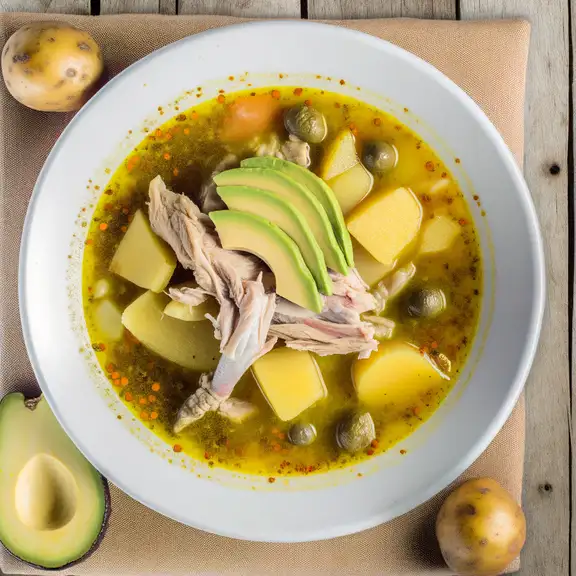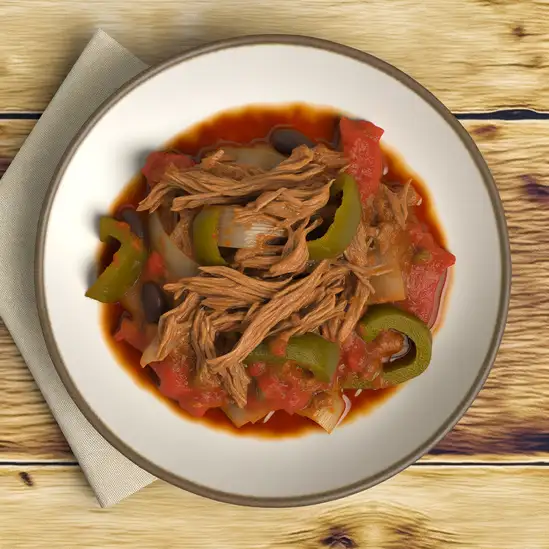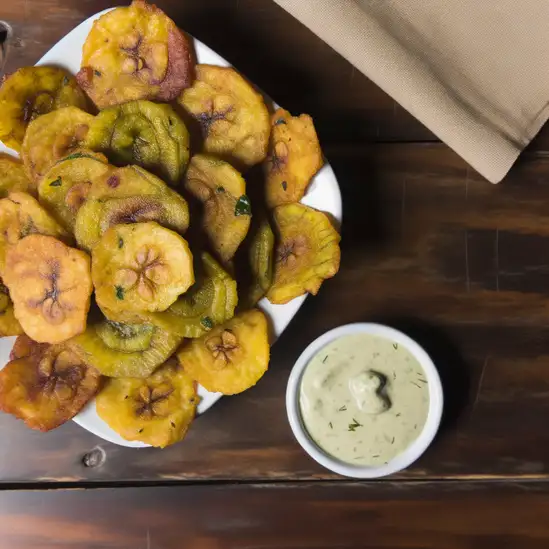



If you ever find yourself wandering through Cuba,Holguín is one of those places that wraps around you like a warm,familiar melody. The moment you step into its lively streets,there’s this unmistakable buzz—a mix of laughter,the distant strum of guitars,and the rhythmic pulse of salsa that seems to seep from every corner. The air carries the sweet scent of tropical flowers mingling with the rich aroma of freshly brewed Cuban coffee,inviting you to slow down and savor the moment. Holguín isn’t just a city; it’s a celebration of Cuban spirit. The colorful colonial buildings,with their peeling paint and wrought-iron balconies,tell stories of a past that’s alive and breathing. Locals greet you with genuine smiles,eager to share tales of their city’s history or recommend the best spot for a plate of ropa vieja or a refreshing mojito. Walking through the central park,you’ll catch the chatter of families,the clinking of domino tiles,and the occasional burst of spontaneous street music that makes you want to join in. What makes Holguín truly special is its blend of vibrant culture and natural beauty. Just beyond the city,lush hills roll gently under the Cuban sun,and nearby beaches offer a quiet escape where the turquoise waves kiss the shore. It’s a place where every sense is awakened,and every moment feels like an invitation to connect—with the land,the people,and the rhythm of life itself.
The information on this page is currently being reviewed by Tripkliq and should be used as a guide only
Eng word: Hello
Eng pronunciation: OH-lah
Local language: Hola
Eng word: Goodbye
Eng pronunciation: ah-DYOS
Local language: Adiós
Eng word: Thank you
Eng pronunciation: GRAH-syahs
Local language: Gracias
Eng word: How much
Eng pronunciation: KWAN-toh KWEH-stah
Local language: ¿Cuánto cuesta?
Eng word: Toilet
Eng pronunciation: BAH-nyoh
Local language: Baño
Eng word: Help me
Eng pronunciation: ah-YOO-dah-meh
Local language: Ayúdame
Eng word: Yes
Eng pronunciation: SEE
Local language: Sí
Eng word: No
Eng pronunciation: NO
Local language: No
Eng word: Excuse me
Eng pronunciation: pehr-DOHN
Local language: Perdón
Holguín was officially founded in 1545 by Captain García Holguín, a Spanish soldier, after whom the city is named. It has since grown into one of Cuba's most important cities.
The Loma de la Cruz (Hill of the Cross) is a historic and iconic site in Holguín. It was named after a wooden cross placed at its summit in 1790, and it offers breathtaking views of the city.
Holguín is often called 'The City of Parks' due to its numerous public squares and parks, such as Calixto García Park and San José Park, which serve as vibrant social and cultural hubs.
Holguín is the birthplace of Calixto García Íñiguez, a prominent Cuban general in the wars of independence. A statue in his honor stands in the city's central park.
The San Isidoro Cathedral, built in the 18th century, is one of Holguín's most significant historical landmarks and a beautiful example of colonial architecture.
The nearby town of Gibara, part of Holguín Province, is known for its well-preserved colonial architecture and its annual International Film Festival, attracting visitors from around the world.
Bariay Bay, located in Holguín Province, is believed to be the site where Christopher Columbus first landed in Cuba in 1492. A monument commemorates this historic event.
The Holguín Carnival is a vibrant annual celebration featuring music, dance, and colorful parades, showcasing the city's rich cultural traditions and festive spirit.
The Casa de la Trova in Holguín is a historic venue where visitors can enjoy traditional Cuban music, including trova and son, performed by talented local musicians.
In Municipio de Holguín, the most common Power Adaptor is Type A, Type B.



A hearty stew made with various meats, vegetables, and spices, often including corn and root vegetables.

Shredded beef cooked in a savory tomato sauce with bell peppers and onions, often served with rice and black beans.

Twice-fried green plantains that are crispy on the outside and soft on the inside, typically served as a side dish or snack.

A creamy caramel custard dessert that is a popular sweet treat in Cuban cuisine.

Boiled cassava root served with a garlicky citrus sauce, providing a flavorful and starchy side dish.

A traditional dish of black beans and white rice cooked together, symbolizing the historical coexistence of different cultures.

Marinated and pan-fried beef that is then shredded and served with onions and lime, often accompanied by rice and beans.

Slow-roasted marinated pork leg, known for its crispy skin and tender meat, often served during festive occasions.
Imagine stepping into a place where time seems to slow down,yet every corner buzzes with life—that’s Havana. The city greets you with a warm,sun-soaked embrace,where pastel-colored buildings wear their peeling paint like badges of history. Walking through its streets,you’ll hear the soulful strum of a guitar mingling with the distant chatter of locals sharing stories over strong Cuban coffee. The air carries a mix of salty sea breeze,sweet tobacco,and the faint aroma of frying plantains from street vendors.
Havana’s character is a beautiful blend of resilience and celebration. Classic American cars,polished to a shine,cruise alongside vintage bicycles,creating a moving museum of the past. The city pulses with music—whether it’s the lively beats spilling out of a neighborhood bar or the soft rhythms of a late-night jazz club. People here have a way of making you feel like you belong,inviting you to dance,laugh,and savor life’s simple pleasures.
Don’t miss the chance to sip a perfectly crafted mojito in a sunlit plaza,watching the world drift by. Taste the rich,smoky flavors of Cuban cuisine,from ropa vieja to fresh seafood caught that morning. Havana isn’t just a place to visit; it’s a place to feel alive,to soak in stories etched into every brick and smile. Trust me,once you’ve wandered its vibrant streets,Havana’s spirit stays with you long after you leave.
Imagine stepping into a place where the sun kisses your skin and the ocean breeze carries the scent of salt and tropical blooms—welcome to Varadero,Cuba. This isn’t just a beach town; it’s a vibrant stretch of life where turquoise waters lap against powdery white sands,inviting you to slow down and soak it all in. The rhythm of the waves blends with the distant hum of salsa music drifting from open-air cafes,creating a soundtrack that feels both lively and laid-back.
Walking through Varadero,you’ll notice the colorful buildings with their faded pastel hues,each telling stories of a rich Cuban heritage. Locals greet you with warm smiles and a friendly “¡Hola!” as they go about their day,whether it’s selling fresh mangoes or crafting handmade cigars. The air is thick with the aroma of grilled seafood and sweet tropical fruits,tempting you to try a plate of ropa vieja or sip on a perfectly mixed mojito while watching the sun dip below the horizon.
What makes Varadero truly special is its blend of natural beauty and genuine Cuban spirit. It’s a place where you can lounge under swaying palms,dive into crystal-clear waters teeming with colorful fish,and then wander into town to experience the lively markets and vibrant street life. It’s not just a destination; it’s a feeling—a warm embrace of culture,nature,and simple pleasures that stays with you long after you leave.
If you want to feel the heartbeat of Cuba in a way that’s raw,vibrant,and deeply soulful,Santiago de Cuba is where you need to be. This city pulses with a rhythm all its own—music spills out from every corner,from the lively streets to the cozy,dimly lit bars where locals dance with effortless joy. The air carries a mix of salty sea breeze,rich coffee,and the faint,sweet scent of tropical flowers,wrapping you in a warm embrace the moment you arrive.
Walking through Santiago feels like stepping into a living storybook. The colorful colonial buildings,weathered but proud,lean into narrow streets buzzing with chatter and laughter. You’ll hear the clatter of dominoes,the strum of guitars,and the call of street vendors selling fresh mangoes and spicy,smoky street food that tingles your taste buds. There’s a laid-back energy here,a sense of community that invites you to slow down and soak it all in.
What makes Santiago truly unforgettable is its spirit—a blend of Afro-Cuban traditions,revolutionary history,and a passion for life that’s impossible to ignore. Whether you’re exploring the Castillo del Morro overlooking the bay or joining a spontaneous street party,you’ll find yourself swept up in a city that celebrates resilience,music,and warmth. It’s not just a place to visit; it’s a place that stays with you long after you’ve left.
If you find yourself wandering through Cuba,Cienfuegos is a place that quietly steals your heart without shouting for attention. There’s a gentle rhythm here,a laid-back elegance that feels like a slow dance between the sea breeze and colonial charm. As you stroll along the waterfront Malecón,the salty air mingles with the faint scent of grilled seafood from nearby paladares,while the soft hum of classic Cuban tunes drifts from open windows. It’s a city that invites you to pause,breathe,and soak in its graceful blend of history and everyday life.
The architecture is a feast for the eyes—French-inspired neoclassical buildings painted in pastel hues,their balconies draped with flowering vines. Walking through the central Parque José Martí,you’ll catch locals chatting animatedly,children playing,and the occasional street musician strumming a guitar,all under the warm Cuban sun. There’s a genuine warmth in the smiles here,a sense of community that feels both timeless and welcoming.
What really sets Cienfuegos apart is its balance of culture and calm. You can spend your mornings exploring the elegant Teatro Tomás Terry or the quirky Museo Provincial,then lose yourself in the vibrant colors of the local market. And when evening falls,the city lights up with a soft glow,inviting you to sip a cold mojito while watching fishing boats bob gently in the bay. Cienfuegos isn’t just a place to visit—it’s a place to feel,to savor,and to remember long after you’ve left.
If you ever find yourself wandering through Cuba,you absolutely have to spend some time in Municipio de Trinidad. The moment you step onto its cobblestone streets,there’s this warm,timeless energy that wraps around you like a familiar song. The pastel-colored colonial buildings,with their wrought-iron balconies and blooming bougainvillea,create a picture-perfect scene that feels like stepping back into the 18th century—but with a lively,modern heartbeat. You’ll hear the distant strum of guitars and the rhythmic pulse of salsa spilling out from cozy cafés,blending with the chatter of locals and the occasional clip-clop of horse-drawn carriages.
The air carries a mix of scents:freshly brewed Cuban coffee,sweet tropical fruits,and the salty hint of the nearby sea. Walking through the plazas,you can’t help but be drawn into the vibrant street life—artists sketching portraits,vendors selling hand-rolled cigars,and the laughter of children playing under the shade of ancient trees. There’s a genuine warmth in the people here; they’re proud of their heritage and eager to share stories about the city’s rich history and culture.
What makes Trinidad truly special is how it balances its past and present. You can explore museums and colonial mansions one moment,then lose yourself in the lively rhythms of a local music night the next. It’s a place where every corner invites you to slow down,soak in the atmosphere,and savor the simple joys of Cuban life. Trust me,once you’ve experienced Trinidad,it stays with you long after you leave.
If you find yourself wandering through Cuba,Camagüey is a city that wraps you in its slow,rhythmic heartbeat the moment you arrive. Unlike the bustling tourist spots,here the streets twist and turn like a labyrinth,inviting you to get a little lost and discover unexpected courtyards,colorful colonial buildings,and lively plazas where locals gather. There’s a gentle hum of life—children’s laughter,the clatter of horse-drawn carriages,and the distant strum of a guitar—that feels both timeless and alive.
Walking through Camagüey,you’ll notice the scent of fresh coffee mingling with the earthy aroma of rain on cobblestones. The city’s character is deeply rooted in its art and culture; murals splash vibrant stories across walls,and small galleries showcase the work of passionate local artists. Stop by a café and sip on a rich,dark espresso while watching the world drift by,or grab a plate of ropa vieja that tastes like it’s been simmered with love for hours.
What makes Camagüey truly special is its warmth—the people here are open and curious,eager to share their stories and traditions. Whether you’re chatting with a street vendor or joining a spontaneous dance in a plaza,you’ll feel like you’re part of something genuine. It’s a city that doesn’t rush you,but instead invites you to slow down,breathe in its history,and savor the simple,beautiful moments that make travel unforgettable.
Tourists may be sold fake or low-quality cigars as authentic Cuban cigars, often at inflated prices.
Tourists may be offered to exchange money on the street at a better rate, but they often receive outdated or counterfeit Cuban pesos.
Tourists may be sold counterfeit or mass-produced items as 'authentic' Cuban handicrafts or art.
Individuals may pose as official tour guides and charge tourists for subpar or unnecessary tours.
Vendors may sell internet access cards (ETECSA cards) at inflated prices, taking advantage of tourists unfamiliar with the official rates.
Some private rental owners (casas particulares) may charge tourists higher rates than agreed upon or add hidden fees.
Some taxi drivers may overcharge tourists by not using a meter or quoting inflated prices, especially for short distances.
Some restaurants may add extra items or inflate prices on the bill, assuming tourists won't notice.
Scammers may approach tourists with fabricated stories of hardship to solicit money or goods.
Taxi drivers may take tourists to specific restaurants, shops, or accommodations where they receive a commission, often leading to higher prices for the tourist.
The possession, use, or trafficking of illegal drugs is strictly prohibited in Cuba, including in Holguín. The Cuban government enforces a zero-tolerance policy, and violations can result in severe penalties, including imprisonment. Tourists should avoid any involvement with illegal drugs during their visit.
In Municipio de Holguín, Cuba, smoking is generally allowed in public spaces, including outdoor areas, bars, and restaurants, unless explicitly prohibited by signage. However, smoking is not permitted in enclosed public spaces such as hospitals, schools, and government buildings. Tourists should be mindful of local customs and avoid smoking in areas where it may be considered disrespectful.
Vaping is not widely regulated in Cuba, including in Holguín. While there are no specific laws prohibiting vaping in public spaces, it is recommended to follow the same guidelines as smoking. Tourists should exercise discretion and avoid vaping in enclosed spaces or areas where it may disturb others.
What are other people saying about Municipio de Holguín?
Recent Social posts about Municipio de Holguín
There is nothing to show you for now.